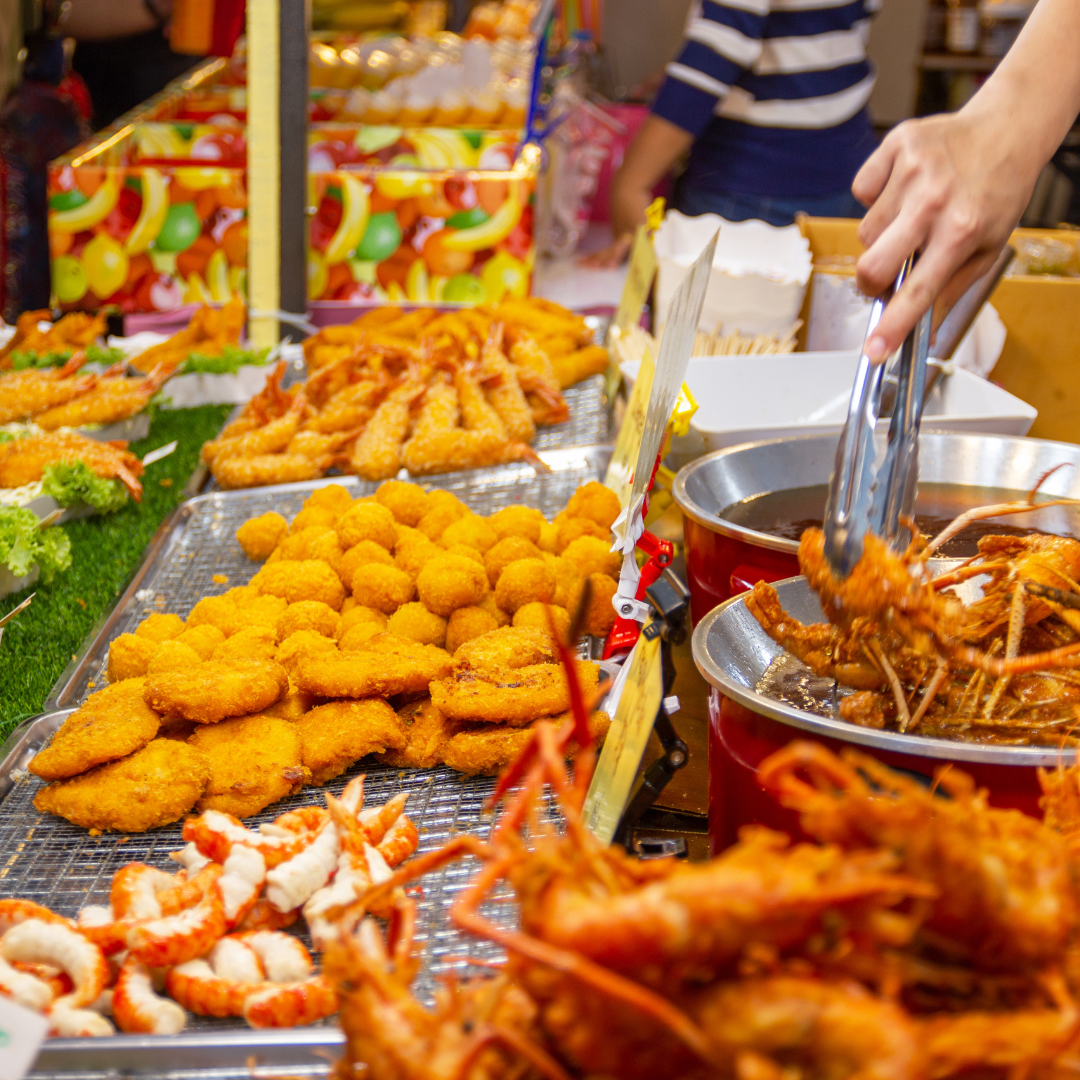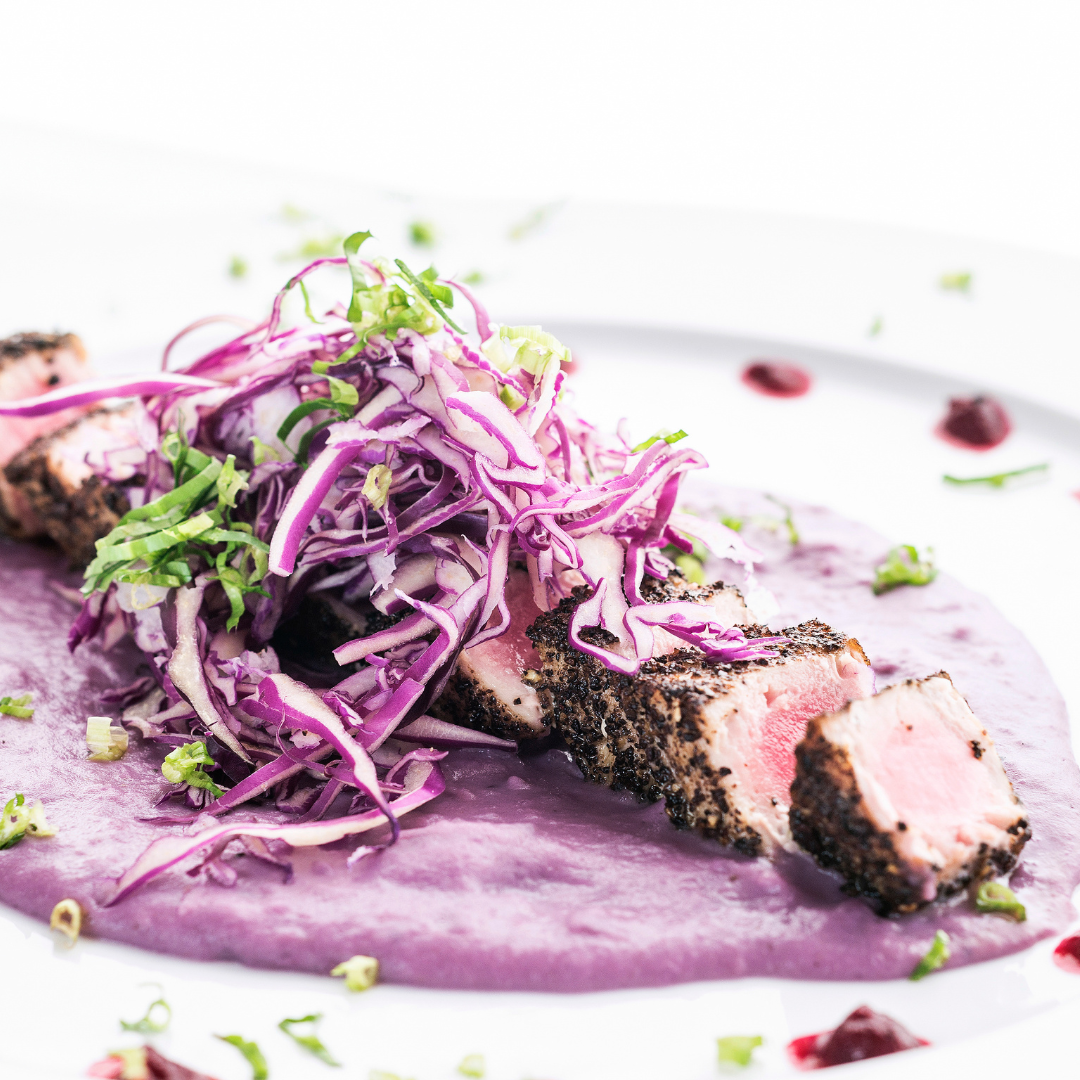Take a culinary voyage around the world with ‘Global Flavors: Exciting Ingredients Worldwide.’ Discover the varied flavors, scents, and culinary customs that make up the intricate tapestry of world cuisines. Join us as we explore the dynamic world of foreign flavors, from unusual ingredients to well-liked pairings.
Table of Contents
ToggleIntroduction to Global Flavors

Global flavors: what are they? They are the flavors, scents, and experiences derived from many international cuisines. Each region’s topography, climate, history, culture, and customs all have an impact on them. They are also influenced by the quality, variety, and accessibility of the ingredients that go into making them.
Global tastes are dynamic and ever-changing. They are always changing, becoming more like other flavors, and adapting. The tastes, palates, and lives of those who consume them also have an impact on them. The richness and diversity of our planet and its inhabitants are reflected in its diverse range of flavors.
Exploring Global Flavors
How might we investigate world flavors? Many methods exist for doing this, including:
- Visiting various nations and locales and getting a firsthand taste of the cuisine there.
- Trying different foods and products by going to ethnic restaurants, marketplaces, and grocery stores in our own cities and neighborhoods.
- Learning about the histories and tales of many cuisines and cultures through reading books, magazines, blogs, and posts on social media.
- Watching documentaries, TV series, and films that highlight various cuisines and cooking methods and encourage us to give them a try at home.
- Enrolling in online courses, workshops, or cooking lessons that teach us how to make various cuisines using products from around the globe.
- Joining online forums, communities, and groups where people exchange experiences, advice, and recipes.
Exotic Ingredients Beyond Borders
Explore the realm of ‘Global Flavors Beyond Borders,’ where there are no limits when it comes to cuisine. Examine how tastes cut across boundaries to produce one-of-a-kind creations. Regional cuisine (Sichuan, Cantonese), Diaspora cuisine (Cajun, Creole), and Fusion cuisine (sushi burrito, kimchi pizza) are a few examples. Explore the world of tastes that transcend boundaries and reimagine culinary creativity.
Global Flavor Experiences

Global flavors encompass not just the cuisine itself but also the dining experience. They can arouse in us a variety of feelings, associations, and recollections. They may also help us create various events, ambiances, and moods. Here are a few instances of worldwide flavor experiences:
Discover a variety of gastronomic delights with:
Comfort Food: Easy, comforting foods that bring back memories and feelings of warmth, such as macaroni and cheese.
Street Food: Quick, inexpensive snacks that bring back memories of past trip experiences, including tacos and kebabs.
Fine Dining: Luxurious, elaborate food served in posh restaurants, such as caviar and truffles.
Diverse Cooking Techniques
The methods of cooking that are employed to prepare the components also have an impact on the overall flavors of a dish. Food can have varying flavors, textures, and looks depending on the cooking method used. Additionally, the cultures, customs, and lives of the people who utilize them might be reflected in them. Here are a few instances of various culinary methods and international flavors:
Baking is the process of employing dry heat to cook food in an oven. Typically, bread, cakes, pies, and cookies are made with it. It can provide results that are moist, fluffy, and crispy. It is frequently connected to Australian, American, and European cuisines.
- Frying: This cooking method involves frying food in heated lard or oil. Typically, it is utilized for snacks, meat, fish, and vegetables. It can provide outcomes that are juicy, tender, and crispy. It is typically connected with Asian, African, and Latin American cuisines.
- Steaming: This method involves heating water or broth and cooking food in the steam. Typically, it is used with rice, seafood, dumplings, and sweets. It can provide outcomes that are delicate, light, and soft. It’s frequently connected to Chinese, Japanese, and Thai cuisines.
Bringing Global Flavors Home
Bringing International Tastes Home
We may find flavors from throughout the world not just in markets, eateries, and vacation spots, but also in our own kitchens and houses. Bring international delicacies home with us by:
- Keeping a variety of spices, herbs, sauces, and condiments on hand to use as a finishing touch and to flavor our food.
- Trying out various grains, beans, nuts, seeds, and fruits from around the globe and using them into our cooking to enhance and vary it.
- Using various meats, fish, dairy products, and eggs from throughout the globe to add diversity and balance to our meals.
- Combining and contrasting flavors and cuisines from throughout the globe to produce inventive and tasty meals.
- We are inviting our loved ones to participate in our global flavor experiences as we prepare and consume a variety of foods from around the globe.
Modern Cuisine Influenced by Global Flavors

Global flavors are a part of the future as well as the past and present. The modern cuisine of the twenty-first century is being shaped and influenced by them. Global flavors have influenced modern cuisine in a number of ways, including:
Discover culinary innovations with:
- Plant-Based Cuisine: Embracing global trends in environmental awareness and health, using diverse plant-based ingredients.
- Molecular Gastronomy: Applying scientific principles to cooking, influenced by global technology and food chemistry experimentation.
- Fusion Cuisine: Creating original dishes by blending elements from different cuisines, driven by global cultural movements and culinary curiosity.
Sustainability in Sourcing Global Flavors
Global flavors are a source of obligation and responsibility in addition to joy and satisfaction. They rely on the social justice of the human communities that create them as well as the sustainability of the natural resources. We can help ensure that global tastes are sourced sustainably by:
Whenever possible, choose fair trade, organic, and locally produced goods; stay away from products that have undergone chemical or genetic modification, or that have been sold illegally.
- Recycling, composting, and food donation whenever feasible.
- Reducing food waste, water use, and energy usage.
- Spreading awareness among ourselves and others of the negative effects that our dietary decisions have on the environment and society, as well as fighting to preserve and enhance our food systems.
Respecting and valuing the cultures, customs, and values of the farmers, producers, and laborers who cultivate, harvest, and process our food while working together and providing support to them.
- Engaging in and making a contribution to the groups, projects, and campaigns that advocate for and implement sustainable food production and consumption.
Conclusion: Celebrating the Mosaic of Global Flavors
Global tastes are a patchwork of hues, forms, and patterns that come together to paint a stunning and harmonious portrait of our planet and its inhabitants. We may find, appreciate, and share them as a gift and treasure. They also present a task and an obligation that we are able to accept and carry out. We may improve and change our lives by adopting a global flavor-based style of living, learning, and loving. Let’s embrace the diversity of world cuisines and become a part of the global flavor community.
FAQs
1. What is Plant-Based Cuisine?
Examine a cuisine that is based on plant-based diet and is impacted by environmental and health awareness on a worldwide scale.
2. What is Molecular Gastronomy?
Discover a culinary approach that incorporates scientific concepts into cooking, drawing inspiration from global technology and inventiveness.
3. What is Fusion Cuisine?
Learn how to create unique dishes by combining ingredients from various cuisines that have been inspired by international cultural movements.

Meet Misha Mehboob, a passionate food enthusiast and computer science student from Sargodha University. Misha’s culinary journey is fueled by her love for exploring new flavors and experimenting in the kitchen.
At CrispyEatHub, Misha shares her creative recipes and practical cooking tips to inspire fellow food lovers on their culinary adventures. From quick weeknight dinners to indulgent desserts, there’s something delicious for every palate.
Join Misha as she combines her love for food and technology to create mouthwatering dishes that delight the senses and bring people together. Let CrispyEatHub be your go-to resource for culinary inspiration and delicious recipes that make every meal memorable.

